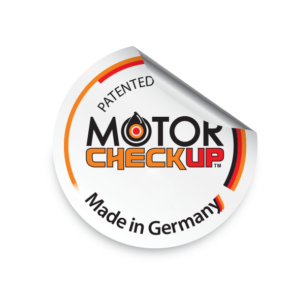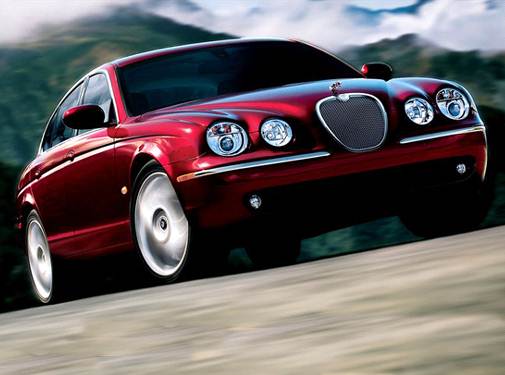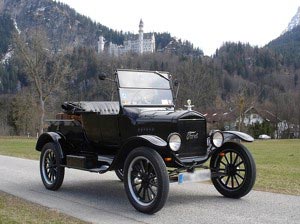

MOTORcheckUP
FOR CLASSIC CARS
Why should you use MOTORcheckUP?
MOTORcheckUP
FOR CLASSIC CARS
Why should you use MOTORcheckUP?
- You will get an inside view of the engine, the gear-box and the hydraulic-system of a classic car.
- This way you can check the condition of the main components of a classic car before you even buy it
- Eventuell repairs can be done in a more targeted manner

You will get an inside view of the engine, the gear-box and the hydraulic-system of a classic car.
This way you can check the condition of the main components of a classic car before you even buy it
Eventuell repairs can be done in a more targeted manner
Car-Expert Franz Haag uses MOTORcheckUP in the diagnosis of classic car engines as well as newer engines
He presented various diagnostic methods at the “Retro Classic Show” in Stuttgart without dismantling the engine, like:
- Visual Inspection together with listening with a stethoscope
- Compression test / pressure loss measurement
- Endoscopy (camera probe inside the engine)
- MOTORcheckUP as a chemical-physical examination

Car-Expert Franz Haag uses MOTORcheckUP in the diagnosis of classic car engines as well as newer engines
He presented various diagnostic methods at the “Retro Classic Show” in Stuttgart without dismantling the engine, like:
- Visual Inspection together with listening with a stethoscope
- Compression test / pressure loss measurement
- Endoscopy (camera probe inside the engine)
- MOTORcheckUP as a chemical-physical examination
Franz Haag (car expert) about MOTORcheckUP and how it works:
Engine oil is used for lubrication, wear protection, friction reduction, sealing, corrosion protection, keeping the engine clean and the neutralization of acidic combustion products.
MOTORcheckUP is an analysis method, that allows initial conclusions to be drawn about the condition of an engine without a great deal of laboratory effort.
This process is based on the principle of “chromatography”. In chemistry, chromatography is a process that allows a mixture of substances to be separated by distributing its individual components between a stationary and a mobile phase. This principal was first described in 1901 by the Russian Botanist Michail Semjonowitsch Zwet. In chemical analysis, this method is used to separate mixtures of substances into ingredients that are as uniform as possible for the purpose of identification or quantitative determination.
This method was further developed by Mr. Horstmeyer, MOTORcheckUP for engine oil analysis and a patent was applied for.
A small amount of oil is taken from the engine at operating temperature and a drop is applied to the chromatography paper. After a soaking time of 2 – 15 minutes (depending on the condition of the oil), the test field can be evaluated using templates and reference images.
Based on the test result, statements can be made about sooting, contamination, metal abrasion, ageing, water content and fuel content. This allows conclusions to be drawn about the engine condition or its adjustment.
If a more comprehensive and quantitatively precise result is required, an additional analysis must be carried out in a laboratory.
FRANZ HAAG Motor vehicle expert
Franz Haag (car expert) about MOTORcheckUP and how it works:
Engine oil is used for lubrication, wear protection, friction reduction, sealing, corrosion protection, keeping the engine clean and the neutralization of acidic combustion products.
MOTORcheckUP is an analysis method, that allows initial conclusions to be drawn about the condition of an engine without a great deal of laboratory effort.
This process is based on the principle of “chromatography”. In chemistry, chromatography is a process that allows a mixture of substances to be separated by distributing its individual components between a stationary and a mobile phase. This principal was first described in 1901 by the Russian Botanist Michail Semjonowitsch Zwet. In chemical analysis, this method is used to separate mixtures of substances into ingredients that are as uniform as possible for the purpose of identification or quantitative determination.
This method was further developed by Mr. Horstmeyer, MOTORcheckUP for engine oil analysis and a patent was applied for.
A small amount of oil is taken from the engine at operating temperature and a drop is applied to the chromatography paper. After a soaking time of 2 – 15 minutes (depending on the condition of the oil), the test field can be evaluated using templates and reference images.
Based on the test result, statements can be made about sooting, contamination, metal abrasion, ageing, water content and fuel content. This allows conclusions to be drawn about the engine condition or its adjustment.
If a more comprehensive and quantitatively precise result is required, an additional analysis must be carried out in a laboratory.
FRANZ HAAG Motor vehicle expert













